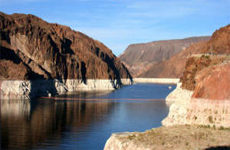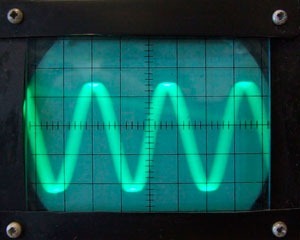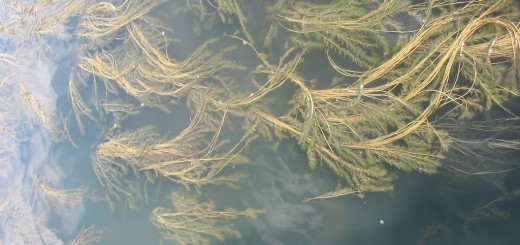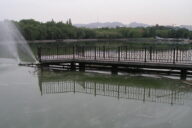Scientists Look to Control Sea Lamprey Spread With Pheromones
0An outlet of Michigan’s Paradise Lake will serve as a scientific proving ground for researchers looking to control sea lamprey with pheromones. The work is part of an ongoing effort supported by the Great Lakes Fishery Commission.

Great Lakes as seen from space. (Credit: NASA)
Sea lampreys are an invasive species inhabiting the Great Lakes to the tune of some 400,000. They are believed to have made it into the Great Lakes through ballast water and scientists are working to control their spread.
“In an earlier experiment, we showed we could push an entire population to the left or right,” said Mike Wagner, assistant professor at Michigan State University’s School of Fisheries and Wildlife and a lead researcher on lamprey pheromone projects. “We have to craft the right way to present it, and determine the correct geographical and seasonal circumstances needed to get the right outcome.”

Sea lamprey’s mouth. (Credit: Wikimedia Commons User Drow_male)
Near Paradise Lake, Wagner and other researchers will attempt to use attractive pheromones on one side of the outlet and repulsive ones on the other to push lampreys into traps.
Trapping lampreys is only successful 40 percent of the time, officials say. If pheromones can be used to increase success, the total number of sea lampreys could be reduced. The drop would require less lamprey-control funding and free up cash for other restorative projects in the Great Lakes.













